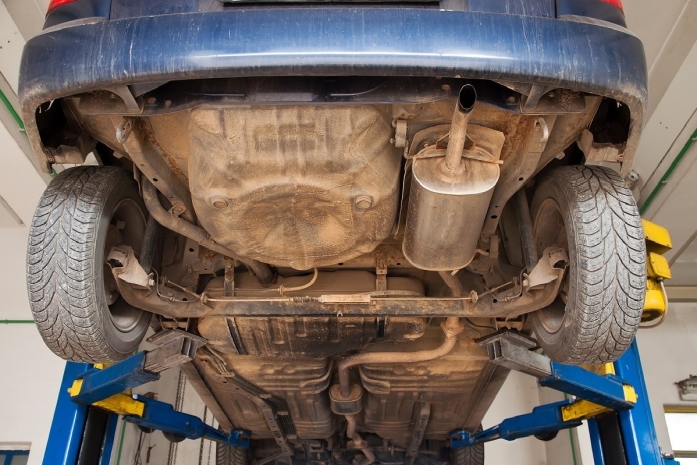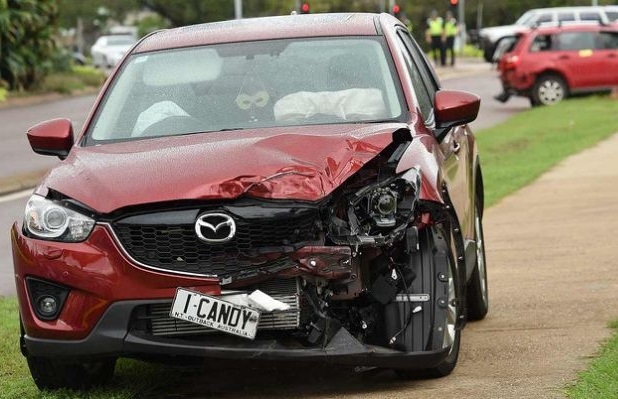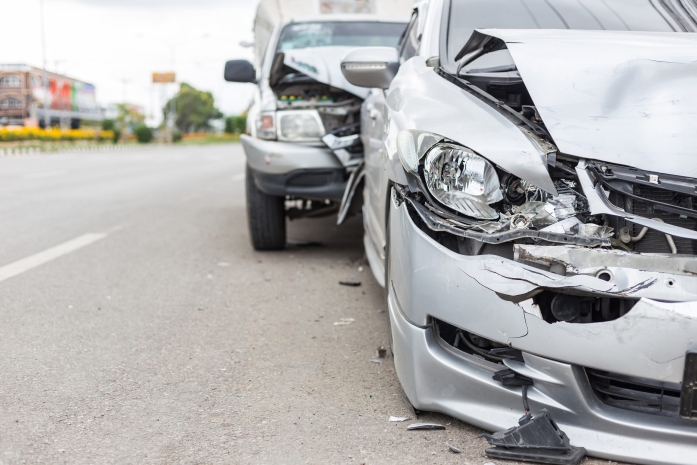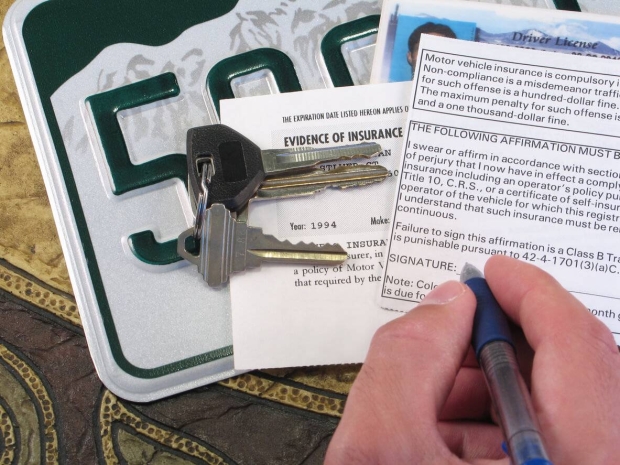Cars are designed to endure wear and tear, but they are far from indestructible. The underbody, as the part most exposed to harsh conditions, is particularly vulnerable to damage. Knowing the potential undercarriage damage costs can help you be prepared. Keep reading if this topic interests you.
What Constitutes Undercarriage Damage?
Before addressing what undercarriage damage means, let’s discuss what the underside of the car actually is. The underside is the bottom of the vehicle’s body. It houses critical parts such as the exhaust system, suspension, axles, parts of the frame, wheels, tires, and brakes. Damage occurs when any of these elements are compromised. Common causes include:
- Potholes and bumpy road surfaces
- Road debris
- Gravel, salt, and chemicals on the road
- Mud
- Flawed shock absorbers
Visible damage like scrapes, rust, and corrosion often can’t go unnoticed. Additionally, watch for these signs:
- Difficulty steering and turning
- Rattling sounds under the vehicle
- Leaking fluids
- The smell of engine oil
Can Undercarriage Damage Be Fixed?
Minor undercarriage damage, such as light scratches and dents, can often be repaired easily. More severe issues like extensive corrosion or damage to the exhaust system may require significant repairs or replacements, resulting in higher costs.
Assessing the Extent of Damage
If you suspect damage, pull over and examine the underbody for visible signs such as loose parts, scratches, leaks, or oil smells. While small scratches may not affect performance, oil leaks and large cracks can indicate more serious issues that compromise safety.
Repair vs. Replacement: Making the Right Choice
If damage is severe, tow the vehicle to a mechanic for an inspection. Professional assessments provide accurate cost estimates for repairs or replacements. Attempting to repair irreparable parts can lead to higher costs in the long run. Consult a mechanic to decide the best course of action.
How Much Does It Cost to Repair or Replace a Car's Undercarriage?
The cost depends on the type and number of parts needing attention. Additional factors also influence expenses:
Factors Influencing Repair and Replacement Costs
- Type of damaged parts: Replacing brake hoses costs around $182, while a transmission replacement ranges from $5,584 to $5,789.
- Severity of damage: Minor scratches are cheaper to fix than major overhauls.
- Vehicle characteristics: Budget-friendly vehicles often have simpler designs, making repairs less expensive. Luxury and larger vehicles usually have higher costs due to complex constructions.
Typical Price Ranges for Repairs and Replacements
Repair costs vary widely. Fixing scratches and dents may cost $300 to $3,000, while exhaust pipe repairs range from $120 to $300. Complex repairs like rusted car frames can cost between $2,000 and $5,000. Transmission repair costs $80 to $400, compared to $5,584 to $5,789 for a replacement.
Is It Worth Repairing Your Car's Undercarriage?
Evaluating Repair Costs vs. Vehicle Value
Compare repair costs to your vehicle’s value. Get quotes from service providers and assess the vehicle's cash value using online tools or professional consultations. If repairs exceed the car’s value, consider alternatives like selling it to a junk car buyer.
When to Consider Selling Your Car with Undercarriage Damage
If undercarriage damage costs exceed the car’s value, selling to a service like JunkCarsUS can be a viable option. JunkCarsUS provides convenient, eco-friendly disposal and fair payments for cars in any condition.
Preventing Undercarriage Damage
To avoid expensive repairs, adhere to your vehicle’s maintenance schedule and promptly address any concerns. Keep the underbody clean to prevent corrosion, especially in areas with harsh weather or road salt. Regular undercoating can provide additional protection.
Drive cautiously to minimize undercarriage damage. Maintain a safe distance to avoid road hazards, approach speed bumps and steep driveways at an angle, and avoid puddles that may hide dangers.





